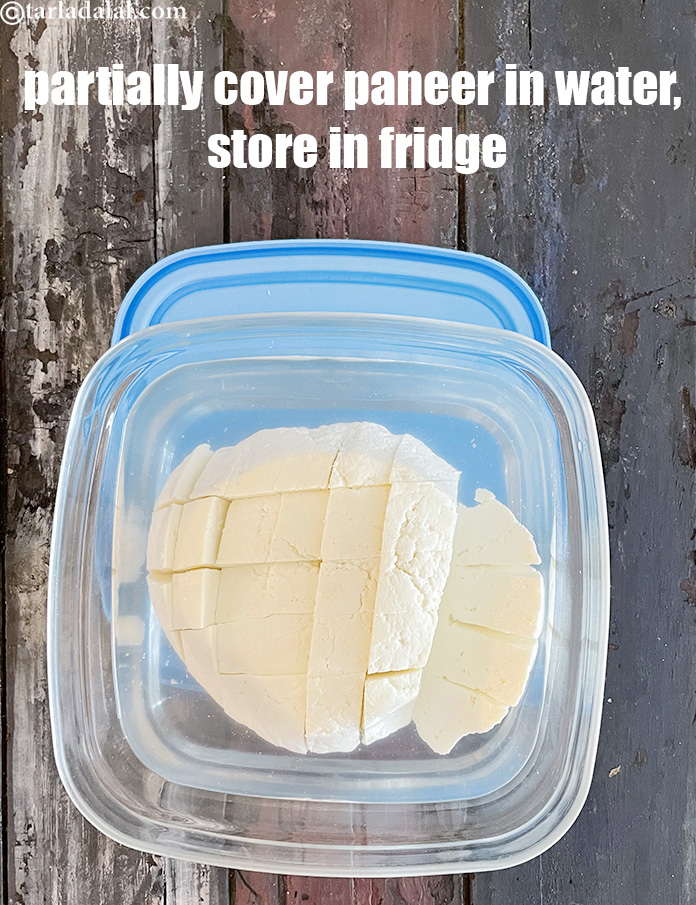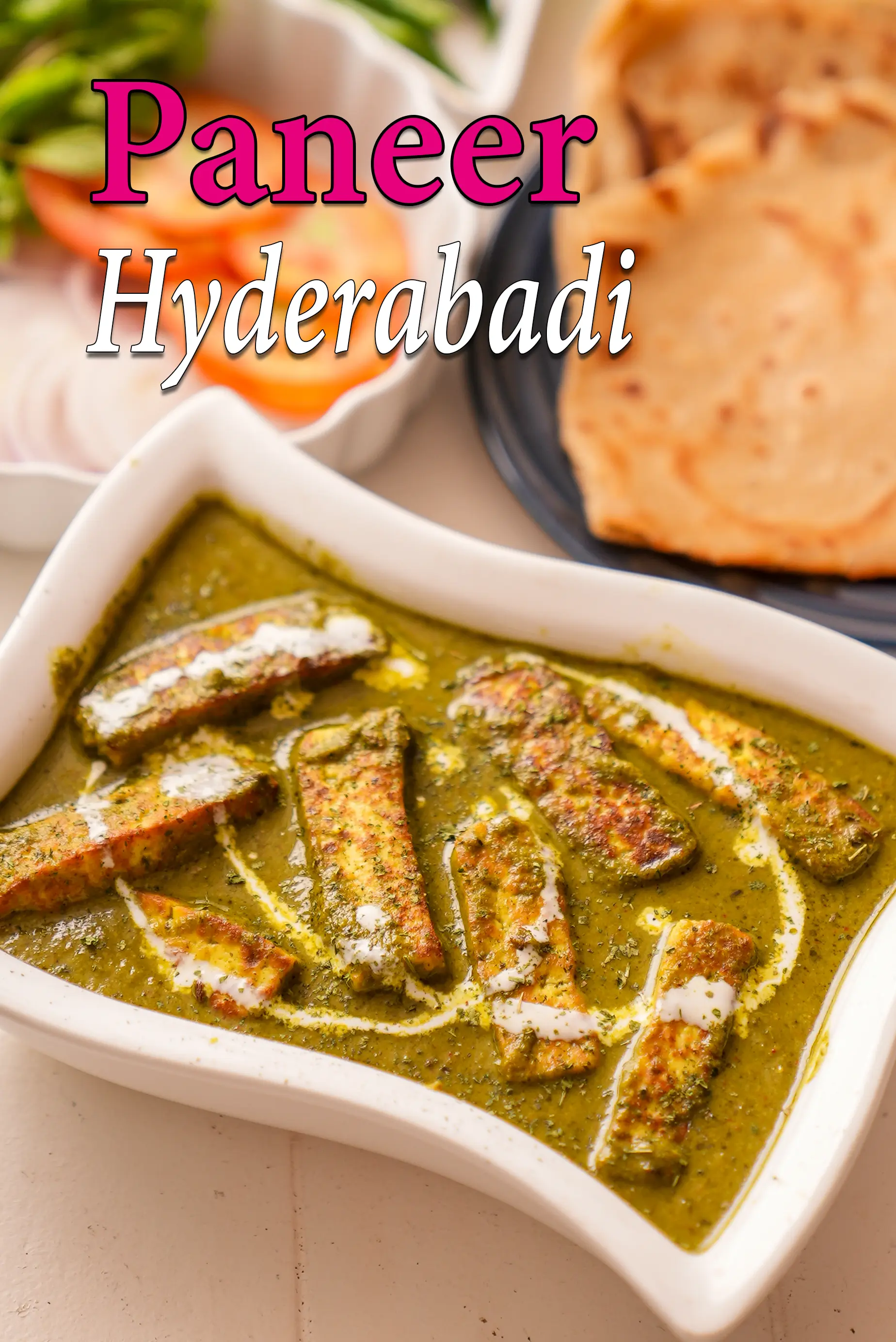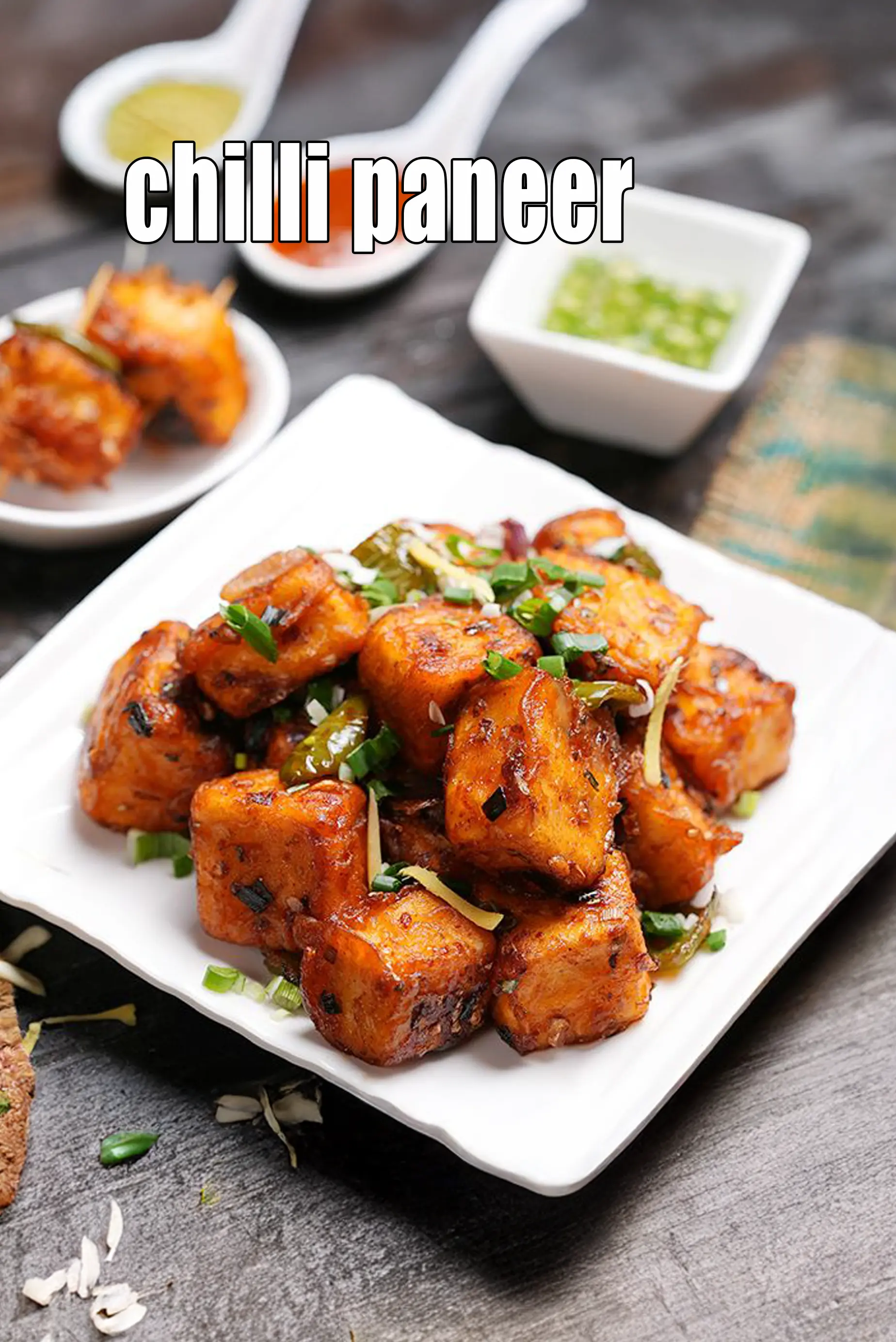You are here: Home> Cuisine > Indian Veg Recipes > Punjabi > Paneer Recipe ( How To Make Paneer)
paneer recipe | homemade paneer recipe | Indian cottage cheese

Tarla Dalal
15 July, 2021

Table of Content
paneer recipe | homemade paneer recipe | cottage cheese recipe | Indian paneer recipe | with 30 amazing images
The best part is that paneer is quite easy to make at home. We present you an easy Indian homemade paneer recipe or cottage cheese recipe. You need just two ingredients – milk and lemon juice which is available in every Indian kitchen. While it can be made with any milk, full fat milk gives the best texture and yield, so always go for that.
Ever wondered why some Paneer Parathas taste better than others, why some desserts have a better mouth-feel, or why something as simple as Mutter Paneer Butter Masala feels different at different places?
It is the quality of the paneer that makes all the difference. And, homemade paneer beats all others hands-down. Fresh homemade paneer has a super soft and succulent mouth-feel, as well as a pure flavour, which is unmatched by any commercial paneer brand.
To make paneer, rinse a deep non-stick pan with ¼ cup of water and quickly simmer it for 2-3 minutes. This will prevent milk from getting burnt as the water forms a protective layer between the pan and milk. When the milk begins to boil, switch off the flame and wait for 1 minute. The milk should be boiling hot before you add the acidic substance to speed up the process of curdling and to prevent the Paneer from becoming grainy.
If the milk has not curdled well, add more acid. But, if you add too much of acid the Paneer will become tough. The quantity of the acidic agent is purely judgemental . You can even make paneer recipe at home by curdling full-fat milk using Yogurt, Buttermilk or Citric Acid.
The crumbled paneer which we have right now (before it becomes soft paneer) is also known as chenna in the eastern parts of India and is the precursor of many traditional Indian mithais like Rasgulla, Orange Chenna payesh, Rasmalai and other Bengali sweets.
We also show you also how to make paneer using a mould.
Use your fresh, soft and unadulterated paneer to make delicious subzis, parathas and desserts too!
Enjoy how to make paneer recipe | homemade paneer recipe | cottage cheese recipe | Indian paneer recipe with detailed step by step photos and video below.
Paneer Recipe ( How To Make Paneer)
Tags
Soaking Time
0
Preparation Time
5 Mins
Cooking Time
16 Mins
Baking Time
0 Mins
Baking Temperature
0
Sprouting Time
0
Total Time
21 Mins
Makes
3 cups
Ingredients
For The Paneer
2 ltrs full-fat milk
2 tbsp lemon juice
Method
For the paneer
- To make paneer, put the milk to boil in a large pan, while stirring occasionally.
- When it starts boiling, switch off the flame and wait for 1 minute.
- Add the lemon juice gradually, while stirring gently and wait for 2 minutes.
- Once the milk has curdled, strain using a muslin cloth. This is crumbled paneer.
- If you want solid paneer, place the paneer into the muslin cloth in a 125 mm. (5”) paneer mould or any mould. Press it with a lid. Alternatively, use a colander and put the paneer (along with the muslin cloth) into it. Put approx. 1 kg of weight on a plate and place this over the paneer.
- Remove the paneer from the muslin cloth and after 1 hour, cut into even sized cubes or grate it and use as required.
paneer recipe | homemade paneer recipe | Indian cottage cheese Video by Tarla Dalal
Paneer Recipe ( How To Make Paneer) recipe with step by step photos
-
- We present you an easy Indian homemade paneer recipe or cottage cheese recipe made with full fat milk and lemon juice. Paneer or cottage cheese is an Indian soft cheese which is used to make an array of recipes ranging from starters, main course, desserts to accompaniments. If you like this Paneer recipe, you can also try out other recipes using Paneer from our website:
-
-
Paneer or cottage cheese is rich in healthy nutrients like calcium and vitamin D. It is a good source of vitamin A and minerals like iron, calcium, magnesium, phosphorus, sodium, potassium and zinc. Homemade paneer is rich in omega-3 fatty acids and omega-6 fatty acids which help in fighting and preventing rheumatoid arthritis and other bone problems. Homemade paneer must be included in growing children’s diet at least once or twice week. (Adults with hypertension and heart diseases should avoid Paneer because it has a high sodium content and is also high in calories.) Read more about the health benefits of Paneer.

![]()
-
Paneer is rich in below macronutrients, vitamins and minerals given in descending order (highest to lowest).
One cup panner health details below.
- Calcium. See Calcium rich recipes : Calcium is a mineral that makes bones stay strong. See our list of calcium rich Indian foods. Dairy products: Like milk, curds, cheese, paneer and buttermilk. Green leafy vegetables like spinach, fenugreek, broccoli. Nuts and ragi. Required from kids to adults. 236% of RDA.
- Phosphorus : Phosphorus rich Indian foods works closely with calcium to build bones. Phosphorus rich Indian foods like dairy products ( milk, paneer, curd), nuts, seeds, jowar, bajra, moong, matki, oats, ragi, wheat flour etc. 145% of RDA.
- Vitamin B2 (riboflavin) : Vitamin B2 enables the production of red blood cells that contribute to the rise in your energy levels. So have more milk, curds, eggs and green leafy vegetables. 64% of RDA.
- Protein : Protein is required for managing the wear and tear of all cells of the body. Have protein rich Indian foods like paneer, curd, Greek yoghurt, tofu, almonds, sprouts, chana, rajma, chick peas, quinoa, buckwheat ). 53% of RDA.
- Magnesium : Magnesium is required for formation of bones and teeth. It helps in the metabolism of calcium and potassium. magnesium rich Indian foods like leafy vegetables (palak, broccoli, kale), pulses ( rajma, chawli, moong ), nuts (walnuts, almonds) , cereals ( jowar, bajra, whole wheat flour, dalia). 37% of RDA.
- Vitamin B1 (Thiamine) : Vitamin B1 protects nerves, helps in carbohydrate metabolism, prevents heart diseases and helps produce red blood cells. Indian Foods rich in B1 are Flax seeds (alsi), Sunflower seeds, Sesame seeds, Garden cress seeds (halim), Capsicum, Wheat flour, Chana dal, moong, walnuts, masoor dal, brown rice, jowar, bajra. 30% of RDA.
- Zinc : Zinc is involved in collagen synthesis and this helps repair skin and helps build immunity. See our zinc rich Indian foods and recipes like pumpkin seeds, nuts, whole grains like jowar, bajra, barley. Pulses like moong, rajma, chick peas. Dals like Urad Dal, Chana Dal, Toovar Dal, Masoor Dal etc. However the grains and pulses have phytates in them which hinder zinc absorption. Hence nuts are a better source of zinc in vegan diets. 20% of RDA.
- Folic Acid (Vitamin B9): Folic acid is an essential vitamin required throughout pregnancy. Folic acid rich Indian foods (kabuli chana, chana dal, yellow moong dal, urad dal, tooval dal, til ). 19% of RDA.
-
Paneer or cottage cheese is rich in healthy nutrients like calcium and vitamin D. It is a good source of vitamin A and minerals like iron, calcium, magnesium, phosphorus, sodium, potassium and zinc. Homemade paneer is rich in omega-3 fatty acids and omega-6 fatty acids which help in fighting and preventing rheumatoid arthritis and other bone problems. Homemade paneer must be included in growing children’s diet at least once or twice week. (Adults with hypertension and heart diseases should avoid Paneer because it has a high sodium content and is also high in calories.) Read more about the health benefits of Paneer.
-
-
To make paneer, rinse a deep non-stick pan with ¼ cup of water and quickly simmer it for 2-3 minutes. This will prevent milk from getting burnt as the water forms a protective layer between the pan and milk. This is generally done in stainless steel pans but, if you have an old non-stick pan it is advisable to make this extra effort so, that the milk does not burn.
-1-185776.webp-1-185776.webp)
![]()
-
Rotate the pan in a clockwise motion, so the water spreads evenly in the pan. Discard the water and pour 2 litres of full fat-milk. Full fat milk is highly recommended while making paneer as it yield more chenna after curdling resulting into a thick block of paneer.
-2-185776.webp-2-185776.webp)
![]()
-
Bring it to a boil on a medium high flame. This would take around 8-10 minutes.
-3-185776.webp-3-185776.webp)
![]()
-
Stir it occasionally to avoid milk from sticking to the bottom of the pan or browning. It is always better to use a wooden flat spoon because
- It doesn’t get heated up easily.
- If u place it horizontally over the vessel in such a way that it touches 2 opposite edges, it will prevent the milk from falling off the edges of the pan after the milk is boiled.
-
While the milk is boiling, we will assemble the strainer. Take a bowl and place a strainer on top of it.
-5-185776.webp-5-185776.webp)
![]()
-
Arrange a muslin cloth or clean cheesecloth, thin napkin over it. Keep aside.
-6-185776.webp-6-185776.webp)
![]()
-
When the milk begins to boil, switch off the flame and wait for 1 minute. The milk should be boiling hot before you add the acidic substance to speed up the process of curdling and to prevent the Paneer from becoming grainy.
-7-185776.webp-7-185776.webp)
![]()
-
Gradually, add the lemon juice, while stirring gently and wait for 2 minutes. Always add the acid (lemon juice or vinegar) only after the milk has boiled completely.
-8-185776.webp-8-185776.webp)
![]()
-
Stir the milk to check if the milk has curdled completely.
-9-185776.webp-9-185776.webp)
![]()
- If the milk has not curdled well, add more acid. But, if you add too much of acid the Paneer will become tough. The quantity of the acidic agent is purely judgemental . You can even make paneer recipe at home by curdling full-fat milk using Yogurt, Buttermilk or Citric Acid.
-
Let it stand for a few seconds. Once the milk is completely curdled, it will look like this. The greenish watery whey will get separated.
-11-185776.webp-11-185776.webp)
![]()
-
Strain using a clean muslin cloth. You can add the ice cubes or ice-cold water, so that the process of curdling stops quickly and the Paneer is not grainy or tough.
-12-185776.webp-12-185776.webp)
![]()
-
Fold all the 4 sides of the muslin cloth and twirl it gently so that all the whey that is in the milk solids gets drained out. Paneer beacomes soft when the curdled milk is not boiled further. Overcooking will result in hard and chewy paneer.
-13-185776.webp-13-185776.webp)
![]()
-
Wash it under running water. It is very important to wash the curdled milk properly to remove the acidic traces or lemony flavour while preparing paneer at home.
-14-185776.webp-14-185776.webp)
![]()
-
Or you can even place the muslin cloth with the chenna in a bowl of fresh water and wash it 2 to 3 times to get rid of all the acid traces.
-15-185782-15-185776.webp-15-185776.webp)
![]()
-
The crumbled paneer which we have right now is also known as chenna in the eastern parts of India and is the precursor of many traditional Indian mithais like Rasogulla, Orange Chenna payesh, Rasmalai and other Bengali sweets.
-16-185776.webp-16-185776.webp)
![]()
-
The discarded whey water can be used to make whey soup which is a rich source of protein.
-17-185776.webp-17-185776.webp)
![]()
- Give a proper shape to the paneer with your hand.
-
Fold it from right and left side.
-19-185776.webp-19-185776.webp)
![]()
-
Now, fold it from top and bottom portion. Press it lightly.
-20-185776.webp-20-185776.webp)
![]()
-
Take a bowl and place the colander over it.
-21-185776.webp-21-185776.webp)
![]()
-
Place the shaped paneer over it.
-22-185776.webp-22-185776.webp)
![]()
-
Put a plate over it. The plate is kept to distribute the weight evenly.
-23-185776.webp-23-185776.webp)
![]()
-
If you feel that your Chenna is too soft or if you want to speed up the process you can put some weight(approx. 1 kg) on top of the lid. Do not keep too much weight as it might make the paneer dense and rubbery. Alternatively, you can even, place the Paneer into the muslin cloth in a 125 mm. (5”) paneer mould or any mould.
-24-185776.webp-24-185776.webp)
![]()
-
After 1 hour, your Paneer will look like this.
-25-185776.webp-25-185776.webp)
![]()
- Remove from the muslin cloth.
-
Place it upside down on a plate. You will see a smooth surface on top.
-27-185776.webp-27-185776.webp)
![]()
-
Cut homemade paneer into cubes or grate it/crumble it and use as required. Avoid deep frying as it makes the paneer tough and rubbery.
-28-185776.webp-28-185776.webp)
![]()
-
To make paneer, rinse a deep non-stick pan with ¼ cup of water and quickly simmer it for 2-3 minutes. This will prevent milk from getting burnt as the water forms a protective layer between the pan and milk. This is generally done in stainless steel pans but, if you have an old non-stick pan it is advisable to make this extra effort so, that the milk does not burn.
-
-
After step 20, take a 125 mm (5”) paneer mould or any mould and place the paneer into it. Press it with a lid and put a water filled jar or bowl on it to get the pressure.

![]()
-
Take the paneer out from the mould and the muslin cloth and after 1 to 2 hours.

![]()
-
Cut the paneer into even sized cubes or grate/crumble it. Be gentle and use a sharp knife if you are cutting the Paneer into cubes so that they dont break. Use them as required.
-3-185779.webp)
![]()
-
After step 20, take a 125 mm (5”) paneer mould or any mould and place the paneer into it. Press it with a lid and put a water filled jar or bowl on it to get the pressure.
-
- what is the amount of paneer made? from 2 litres full fat milk we get 420 grams paneer which is 3 cups of full fat paneer.
-
-
Use of full fat milk / buffalo’s milk is a must for making soft and luscious paneer.

![]()
-
While boiling milk, keep stirring occasionally to avoid the milk from sticking to the pan and burning.
-3-185776-3-185776-2-193109.webp)
![]()
-
You can use a muslin cloth, cheesecloth or any thin napkin for draining the curdled milk. Do not use a thick napkin as it might not drain the whey completely.
-6-185776-6-185776-3-193109.webp)
![]()
-
Remember to wash the curdled milk solids under running water to get rid of the excess acids.
-14-185776-14-185776-4-193109.webp)
![]()
-
Do not keep too much weight on the paneer in the muslin cloth as it might make the paneer dense and rubbery.
-24-185776-24-185776-5-193109.webp)
![]()
-
Use of full fat milk / buffalo’s milk is a must for making soft and luscious paneer.
-
-
buffalo milk paneer made with curds is made from 2 litres buffalo milk and 1/2 cups curds.

![]()
-
Follow the above recipe except at Step 8, we will add 1/2 cup curds instead of lemon juice. The rest of the steps are the same.

![]()
-
buffalo milk paneer made with curds gives you 451 grams of full fat healthy paneer.

![]()
-
Cut buffalo milk paneer made with curds into cubes and use as required.

![]()
-
buffalo milk paneer made with curds is made from 2 litres buffalo milk and 1/2 cups curds.
-
-
cow's milk to make paneer is made from 2 litres cow's milk and 2 tablespoons lemon juice. This is the cows's milk we used in the recipe. See complete recipe on how to make paneer from cow's milk.

![]()
-
Follow the same procedure above to make paneer from full fat paneer and the only difference is using cow's milk. We got 314 grams of cow's milk paneer from 2 litres of milk.

![]()
-
Cut paneer made using cow's milk into cubes.

![]()
-
Enjoy cow's milk paneer.

![]()
-
or store in a air tight container partially covered with water for 2 to 3 days in a fridge.

![]()
-
cow's milk to make paneer is made from 2 litres cow's milk and 2 tablespoons lemon juice. This is the cows's milk we used in the recipe. See complete recipe on how to make paneer from cow's milk.
Nutrient values (Abbrv)per plate
| Energy | 658 cal |
| Protein | 28.9 g |
| Carbohydrates | 35.6 g |
| Fiber | 0.3 g |
| Fat | 43.5 g |
| Cholesterol | 106.7 mg |
| Sodium | 127.1 mg |
Click here to view Calories for Paneer Recipe ( How To Make Paneer)
The Nutrient info is complete

jdoshi612
Jan. 9, 2021, 1:54 p.m.
Followed this recipe and made paneer at home. It was soft and fresher than what we get in market. Also, I made it in advance and kept it refrigerator to use it for making Paneer subzi for dinner. The remaining paneer I used to make paneer bhurji for breakfast. It is an amazing recipe.

Jitendra yadav
May 23, 2016, 5:32 p.m.

Deepak
Sept. 8, 2014, 3:30 p.m.
one cup is how many grams?

Tarla Dalal
Sept. 8, 2014, 3:30 p.m.
One cup paneer is approximately 150 grams.




























